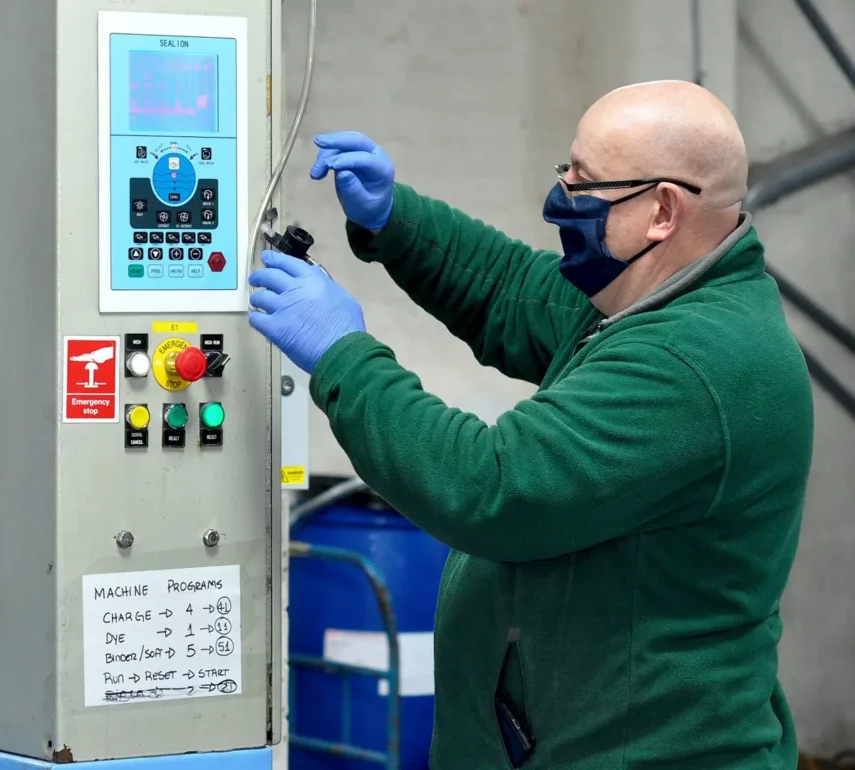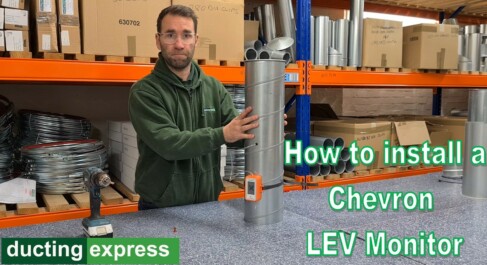About us
At Ducting Express, LEV testing and Air Sampling are services that we specialise in. We have a team of experienced, P601 & P602 qualified, LEV engineers, with all of the skills, experience and knowledge to ensure your system is tested and compliant with the current Health & Safety legislation and COSHH regulations.
It doesn’t just stop at the test. As well as a team of LEV Engineers, Ducting Express also consists of a team of dust & fume control engineers, with over 100 years of experience working with Local Exhaust Ventilation design. We can work with you to make sure your LEV system stays compliant.
What is LEV?
LEV is an abbreviation of Local Exhaust Ventilation. An LEV system extracts airborne contaminants before they can be breathed in.
Why do I need LEV testing?
It is a legal requirement that all LEV systems are tested.
The Health and Safety at Work acts 1974 and COSHH regulation 9 state that Local Exhaust Ventilation (LEV’s) must be monitored and maintained to ensure it is in good working order including those that remove airborne dust and fumes.
How often should LEV be tested?
There is a statutory requirement for local exhaust ventilation testing to take place at least once in every fourteen months and, in certain circumstances, more frequently.
Air Quality Sampling
Employers have an ethical and legal duty to provide a safe, healthy working environment for their employees. Ducting Express can provide air quality sampling to give additional assurance you’re not above Workplace Exposure guidelines set out by the HSE
What does an air quality test show?
In simple terms, air sampling can be used to confirm that none of your employees are being exposed to an airborne contaminant above its Workplace Exposure Level (WEL).
How are air quality samples collected?
There are two main air sampling methods; personal & static. These methods use specialist air sampling equipment, which our P601 accredited LEV engineers will set up.
Personal air sampling involves an operative wearing the pump and filter around their breathing zone whilst they carry out their usual day to day tasks, whereas static air sampling involves the pump being left in a specific risk area. The air sampling pumps are then run for a number of hours to replicate human breathing. Any pollutants would be collected on a filter, which is then sent to an independent laboratory for analysis.





